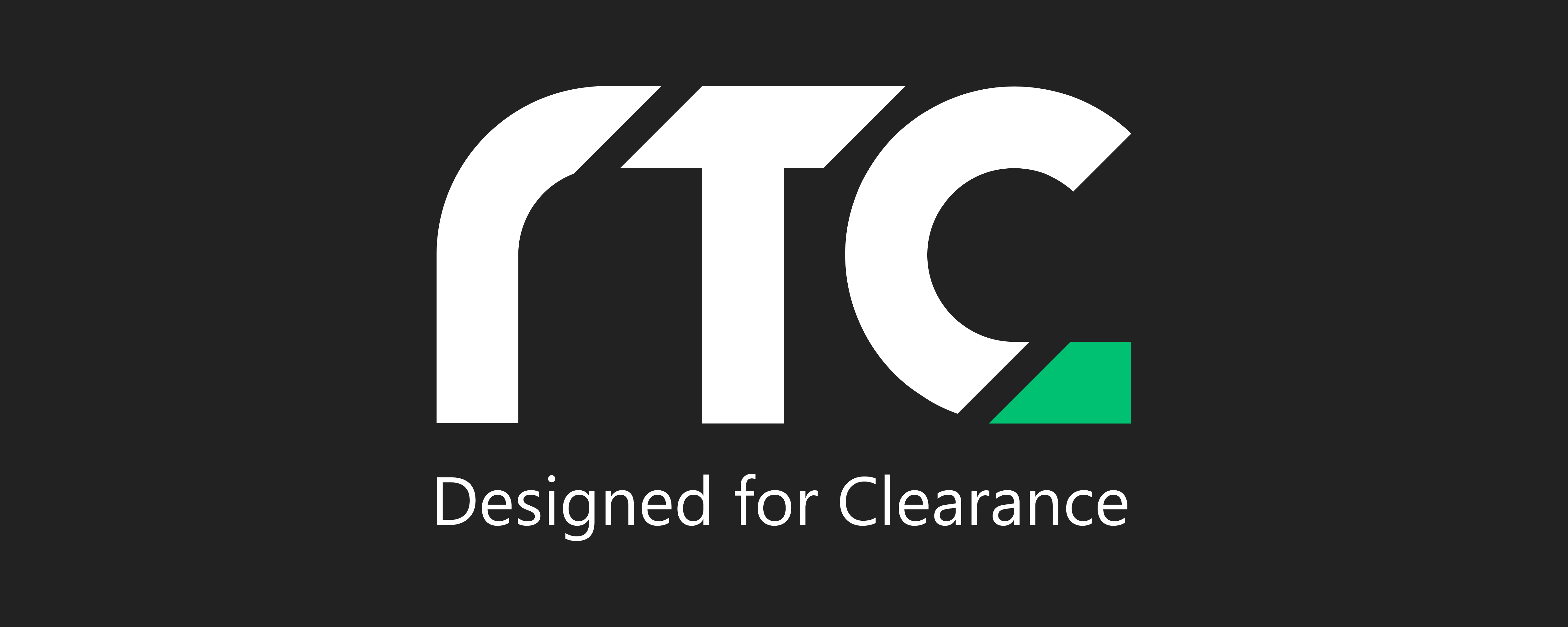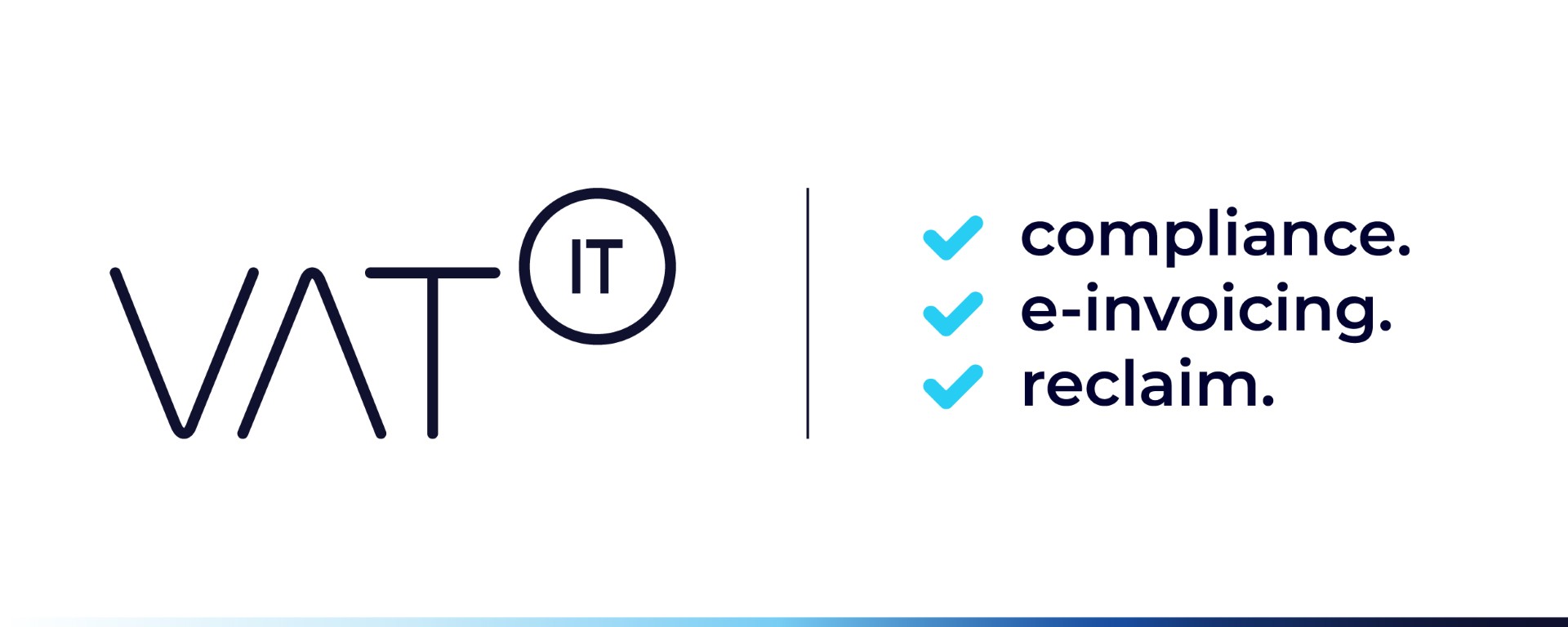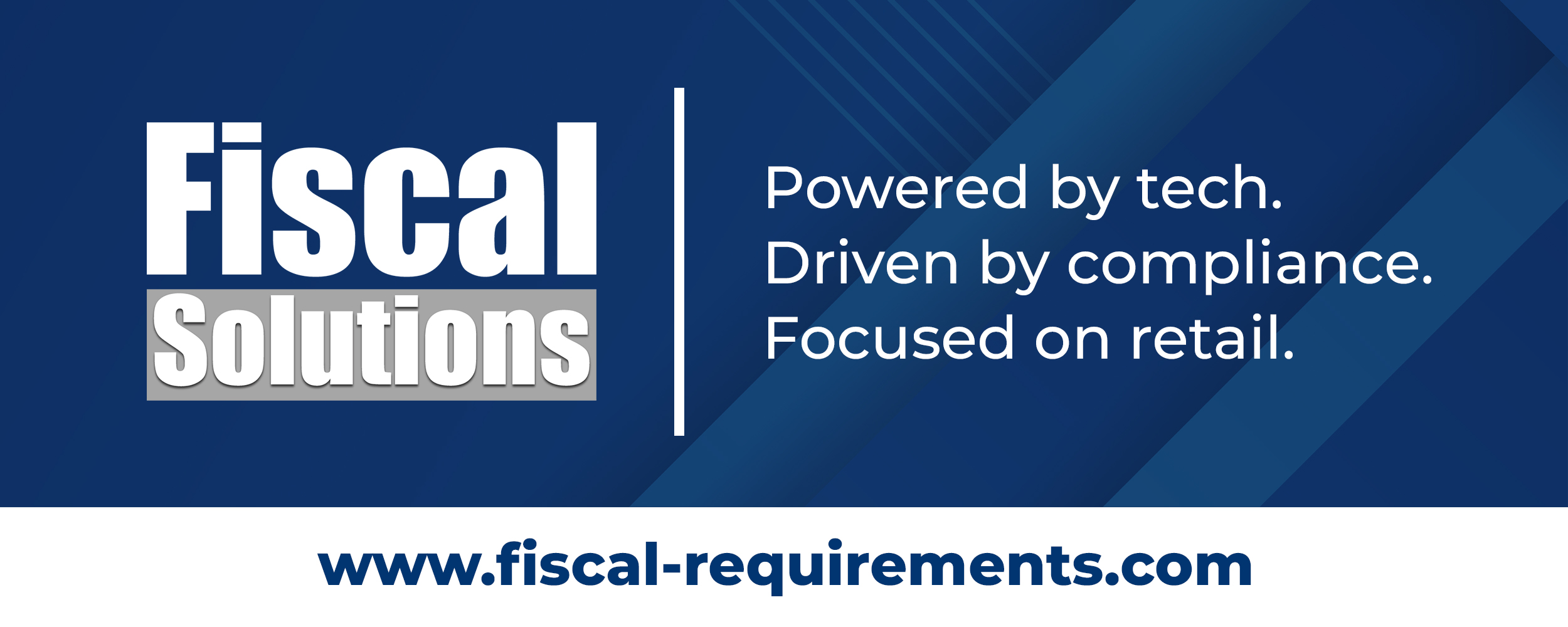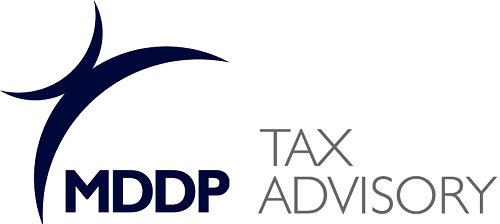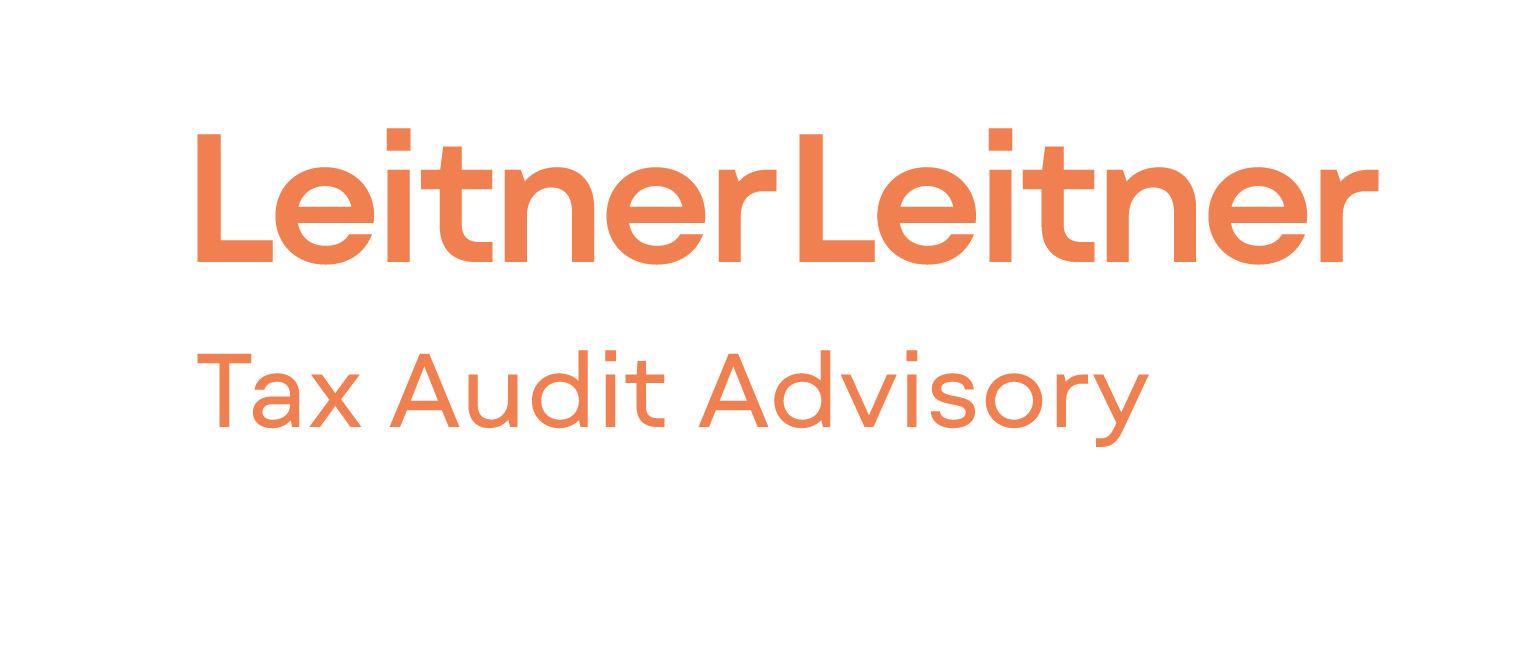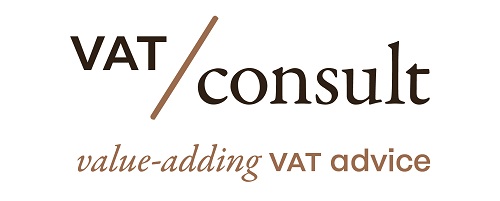- Import VAT applies to goods brought into the EU and certain non-EU countries, and businesses must account for it correctly.
- Import VAT can only be recovered with proper supporting documentation, such as customs and transport documents proving ownership and importation details.
- Documentation requirements for import VAT recovery vary by country; examples include the SAD in the EU/EFTA and the C79 certificate in the UK.
- Only the owner of the goods at the time of importation can recover import VAT, as highlighted by the TSI Instruments v HMRC [2025] case.
- Insufficient evidence leads to rejected claims, penalties, and extra costs; best practices include consulting VAT specialists, verifying importer details, retaining documents, reconciling records, and reviewing contracts.
Source: meridianglobalservices.com
Note that this post was (partially) written with the help of AI. It is always useful to review the original source material, and where needed to obtain (local) advice from a specialist.
Latest Posts in "Europe"
- VAT for Manufacturers: The Complete Guide to Staying Compliant and Profitable
- Navigating VAT on Tooling: New Rules, Zero-Rating, and Cross-Border Manufacturing Changes
- 2026: Mandatory B2B E-Invoicing in Europe—Key Countries, Deadlines, and Compliance Changes
- European VAT Handbook 2025-2026 by Zampa Partners
- Star Trek Online and Neverwinter Face Backlash Over Unannounced VAT Charges in Europe




